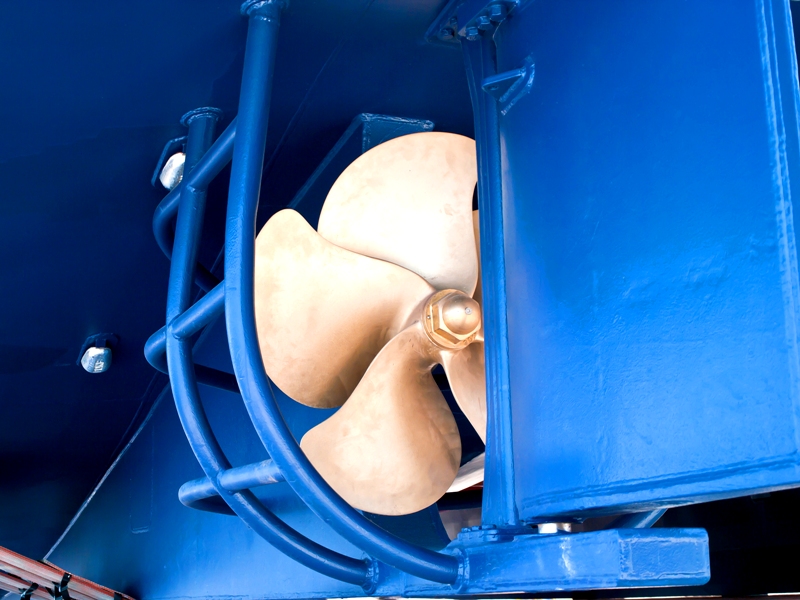-
 ZincorSteel plates for anti-drumming
ZincorSteel plates for anti-drumming- Plates for sandwich anti-drumming
- Galvanized steel
- Use with Vibradamp A90P
(incl. tax)Starting at £2.38
-
 Saba & DasaContact adhesive for acoustic materials
Saba & DasaContact adhesive for acoustic materials- Universal contact adhesive
- Fast Adhesion
- In aerosol and can
(incl. tax)Starting at £11.48
-
 Isomat TSMass Loaded Vinyl, Sound Barrier
Isomat TSMass Loaded Vinyl, Sound Barrier- Mass loaded vinyl & Sound barrier
- Soundproofing in homes, boats
- Easy to process
(incl. tax)Starting at £26.15
-
 Vibradamp A90PAnti-drumming Compound
Vibradamp A90PAnti-drumming Compound- Sandwich anti-drumming compound
- Two component adhesive
- Excellent alternative to bitumen
(incl. tax)Starting at £94.85
Soundproofing and insulation for pleasure craft & ships
We offer a broad range of soundproofing and sound insulation for pleasure crafts, boats and ships. For any sound problem onboard we can offer a solution and product that goes with it. See our 'Boats & Yacht' page or take a look on our tips page section 'Boat & Yacht'. Can't find what your are looking for? Just let us know, we are happy to help out.

 Sound Insulation
Sound Insulation  Soundproofing
Soundproofing  Vibration Isolation
Vibration Isolation  Silent Ventilation
Silent Ventilation  Accessories
Accessories  Thermal & Acoustic Insulation
Thermal & Acoustic Insulation 